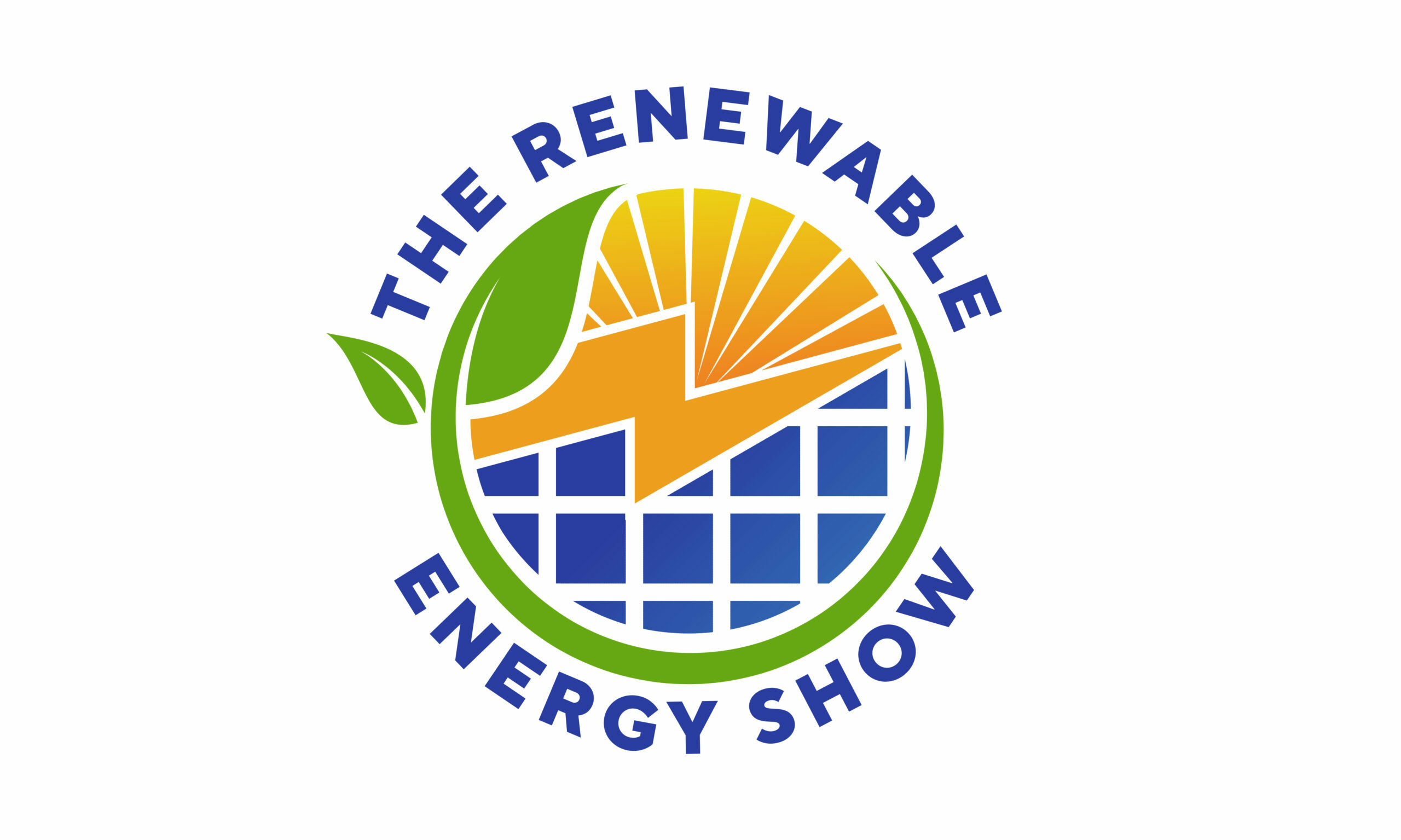As the world grapples with the challenge of climate change, the quest for sustainable and renewable energy sources has never been more pressing. Amidst the din of innovation, one solution is emerging as a stalwart contender: offshore wind farms. These massive, sea-based power plants are harnessing the untapped potential of the ocean to generate clean, reliable energy that’s poised to revolutionize the way we power our homes and industries.
Offshore wind farms, also known as offshore wind parks, are essentially clusters of wind turbines installed on steel or concrete platforms, typically located several miles off the coast. These turbines, some towering as high as 100 meters, capture the kinetic energy of the wind and convert it into electricity through a process called electromagnetic induction. The resulting power is then transmitted back to shore via underwater cables, where it can be fed into the national grid.
One of the primary advantages of offshore wind farms is their scalability. As the technology improves, larger and more efficient turbines are being developed, allowing farms to be built on a massive scale. For example, the Dogger Bank Wind Farm, located off the coast of the UK, is set to become one of the world’s largest wind farms, covering an area of over 450 square kilometers and generating enough electricity to power over 4.5 million homes.
But offshore wind farms are not without their challenges. One of the main hurdles is the high upfront cost of building and maintaining these massive structures. The complex logistics of installing turbines in harsh marine conditions, coupled with the need for specialized equipment and labor, drives up costs. Additionally, there are concerns about the visual impact of these massive structures on coastal ecosystems and the potential disruption of marine life.
Despite these challenges, the benefits of offshore wind farms far outweigh the drawbacks. For one, they offer a highly reliable source of energy, with turbines capable of operating at capacities of over 90%. This is in stark contrast to traditional fossil fuel power plants, which can experience downtime due to maintenance or fuel shortages. Moreover, offshore wind farms can be built in areas with high winds, reducing the visual impact on land-based installations.
In recent years, several countries have made significant strides in developing their offshore wind capacity. The UK, for example, has set ambitious targets to generate 30 GW of offshore wind power by 2030, while Denmark aims to become carbon neutral by 2050, with offshore wind playing a key role in achieving this goal. China, meanwhile, has emerged as a major player in the offshore wind sector, with several major projects already operational or under development.
As the world hurtles towards a cleaner, more sustainable energy future, offshore wind farms are poised to play a vital role. With the right investment and infrastructure in place, these massive sea-based power plants can help us transition away from fossil fuels and mitigate the impacts of climate change. As the technology continues to evolve, we can expect to see even more innovative solutions emerge, harnessing the power of the sea to create a brighter, more sustainable future for all.
